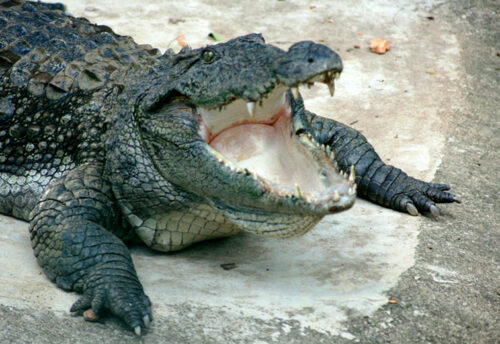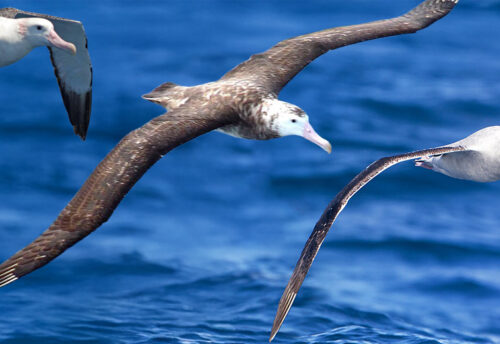
The golden mantella frog is but one of a total of 16 known species of mantellas. These frogs are not only beautiful, but poisonous. As is evident by their aposomatic coloration (body colors that warn of toxic qualities). The golden mantella is considered the poster child for all of these endangered amphibians. Due to habitat loss, habitat destruction (due to fires), and over collecting for the pet trade, these cute frogs are listed as Endangered by the IUCN. Their populations are also decreasing. They also have to contend with the deadly Chytridiomycosis fungus too. This is a fungus that affects the amphibian’s skin tissue and thus causes an inability to perform respiration and uptake water.
First the Stats…
Scientific name: Mantella aurantiaca
Weight: Up to 0.017 ounce
Length: Up to 1.25 inches
Lifespan: Up to 10+ years
Now on to the Facts!
1.) These frogs can be found in 3 specific areas centered around the towns of Moramanga, Beparasy, Ambohibary Communes, Torotorofotsy Wetland northwest of Andasibe, and in Ambakoana, in Madagascar.
2.) They typically come in 3 colors: red, orange, or golden yellow. Other mantellas come in all kinds of colors.
3.) To better help their ‘warning’ of toxicity via their warning colors, all mantella frogs are diurnal (active during the day). It would be hard to advertise color at night.
4.) The poison they excrete comes from their femoral glands, located on the undersides of their back legs.
5.) They acquire their poison via the ingestion of poisonous ants and mites. They then, in turn, synthesize the poison for use as a defense. What other animals can do this? That’s right. The blue sea dragon and the poison dart frog.
But wait, there’s more on the golden mantella!
6.) They prey on ants, termites, fruit flies, and any other insect that they can fit into their mouth.
7.) Breeding season starts during the first heavy rains of the season.
Did you know…?
Their pharmacologically active alkaloid toxins can cause an upset stomach and can make you generally sick. But they won’t kill you, like the golden poison dart frog.
8.) Males will call to the females to attract them. Once a female and male join, the male will sit on her head and release the sperm down her back on onto the egg mass.
9.) Females lay up to 60 eggs, in a mass, near water. Typically in moss, under leaves, or in the mud. Then they rely on the rainfall to wash the hatching tadpoles into the nearby body of water.
10.) Tadpoles typically take around 70 days to metamorphose into froglets.
Now a Short Golden Mantella Video!
Also, check out the Critter Science YouTube channel. Videos added frequently!
Want to suggest a critter for me to write about? Let me know here.



